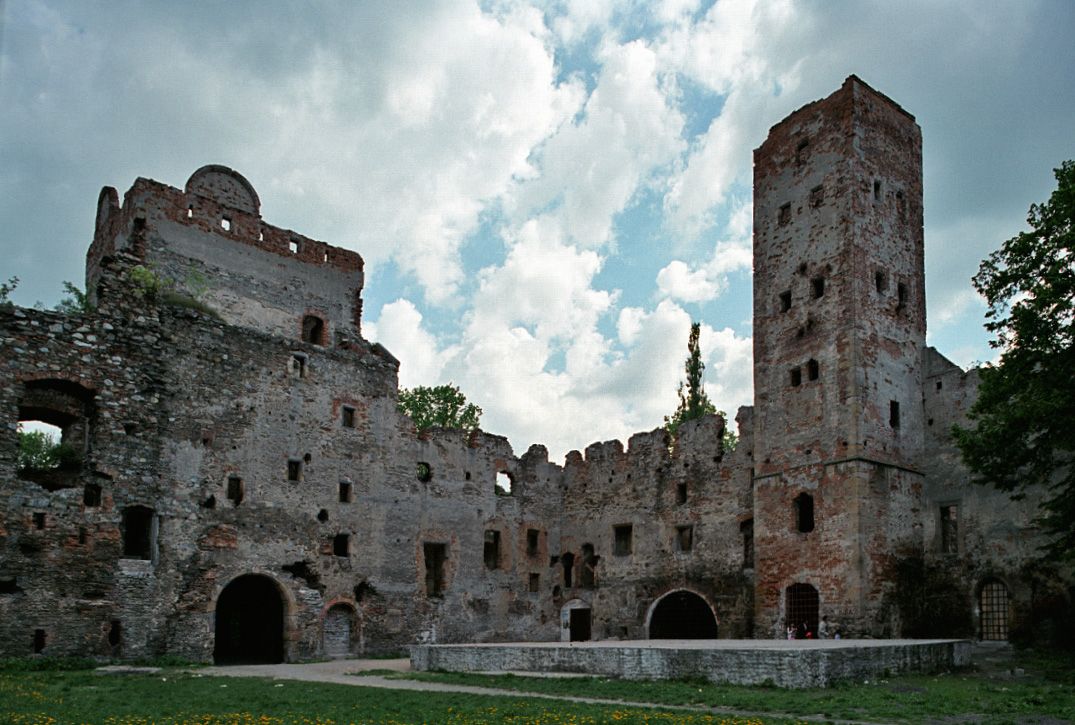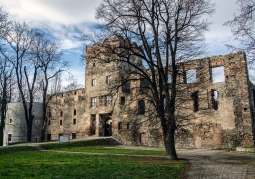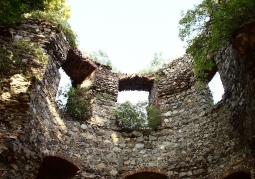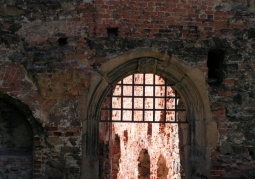Prince's Castle - Ząbkowice Śląskie
No weather data
0.0 /5
Number of ratings: 0
Address: ul. Krzywa 1 , 57-200 Ząbkowice Śląskie
The building was erected in the years 1522–1532 on the place of a Gothic defensive castle, currently in ruins, in the Renaissance style. The original castle in Ząbkowice probably dates from 1321. In 1335 he survived the siege of the Czech army, but the following year he was pawned by Luxemburg by Bolek II, and eventually sold with the city by Bolek's son - Mikołaj Mały. During the Hussite wars it was destroyed, after which it was modernized and strengthened by new owners. In the mid-15th century it became the property of the sons of the Czech king Jerzy of Poděbrady. Attacked by the burghers of Wrocław, Świdnica and Nysa, it was damaged in 1468. In 1489, he was besieged for several months by the Hungarian king Matthias Corvinus, captured, he remained in his possession until 1490. In the years 1522-1532 Charles I, prince of Ziębice, demolished the remaining walls and built a castle in the Renaissance style. The new residence contained the remains of an old stronghold, which can be seen on the southern wall of the now ruined castle. The bulge on this wall is the line of the walls of the former Gothic building. The builder of this object with a well-masked defense system was Benedict Rejt. The castle was founded on a square plan, the defense of the walls could be led by flank fire thanks to two corner, three-story bastions located diagonally. The living quarters, illuminated by external windows, were on the upper floors. The tops of the walls had a decorative attic that shielded the guard posts, and its windows were shooting ranges. Above the main entrance to the courtyard, from the east, was the coat of arms of the castle founder, and besides there were no decorations. The raw portal made of hewn stone, ended with ogival, referred to Gothic. A high tower with an attic rose above the gate. Next to it was a slightly narrower pedestrian gate. Above the entrance there is an additional guard station with a shooting hole. In addition to the gate tower, there was a small circular tower on the northeastern side of the walls. The castle's courtyard was decorated with Renaissance cloisters. In December 2013, the second stage of renovation works was completed, including securing the crown of the walls of the eastern and southern wing and securing the south-eastern bastei.
Komentarze
No results
Nearby places
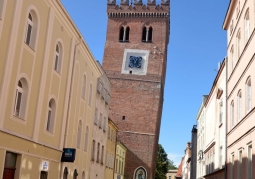
Leaning Tower - Ząbkowice Śląskie
Category: BelfriesThe medieval leaning tower in Ząbkowice Śląskie, one of the tourist attractions of Lower Silesia. Colloquially called "Silesian Pisa". The tallest leaning tower in Poland is 34 m and its deviation from the vertical...
1 km
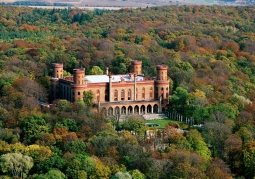
Hohenzollern Palace - Kamieniec Ząbkowicki
Category: PalacesIn 1096, Brzetysław II built a stronghold here, which after being captured by Bolesław Krzywousty was abandoned. This stronghold was located near the monastery church erected at the beginning of the 14th century, near...
9 km

Donjon Fortress - Srebrna Góra
Category: Defensive Fortifications and CastlesThe fortress was built in the years 1763-1777 by the then ruler of Prussia to protect Silesia captured by Prussia. It is one of the largest facilities of this type in Europe. The fortress has repeatedly participated in...
12 km
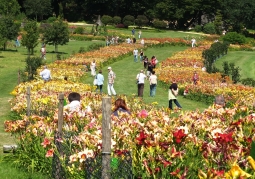
Arboretum - Wojsławice
Category: Parks, gardens, avenuesOne of the few former courtyard parks that were saved from post-war events and preserved to this day. It is one of the most beautiful dendrological gardens in Poland, which was founded in 1831 by the village owner and...
15 km
Service prices
Normal ticket: PLN 4.00. Reduced ticket: PLN 2.00
Nearby places

Leaning Tower - Ząbkowice Śląskie
Category: BelfriesThe medieval leaning tower in Ząbkowice Śląskie, one of the tourist attractions of Lower Silesia. Colloquially called "Silesian Pisa". The tallest leaning tower in Poland is 34 m and its deviation from the vertical...
1 km

Hohenzollern Palace - Kamieniec Ząbkowicki
Category: PalacesIn 1096, Brzetysław II built a stronghold here, which after being captured by Bolesław Krzywousty was abandoned. This stronghold was located near the monastery church erected at the beginning of the 14th century, near...
9 km

Donjon Fortress - Srebrna Góra
Category: Defensive Fortifications and CastlesThe fortress was built in the years 1763-1777 by the then ruler of Prussia to protect Silesia captured by Prussia. It is one of the largest facilities of this type in Europe. The fortress has repeatedly participated in...
12 km

Arboretum - Wojsławice
Category: Parks, gardens, avenuesOne of the few former courtyard parks that were saved from post-war events and preserved to this day. It is one of the most beautiful dendrological gardens in Poland, which was founded in 1831 by the village owner and...
15 km
